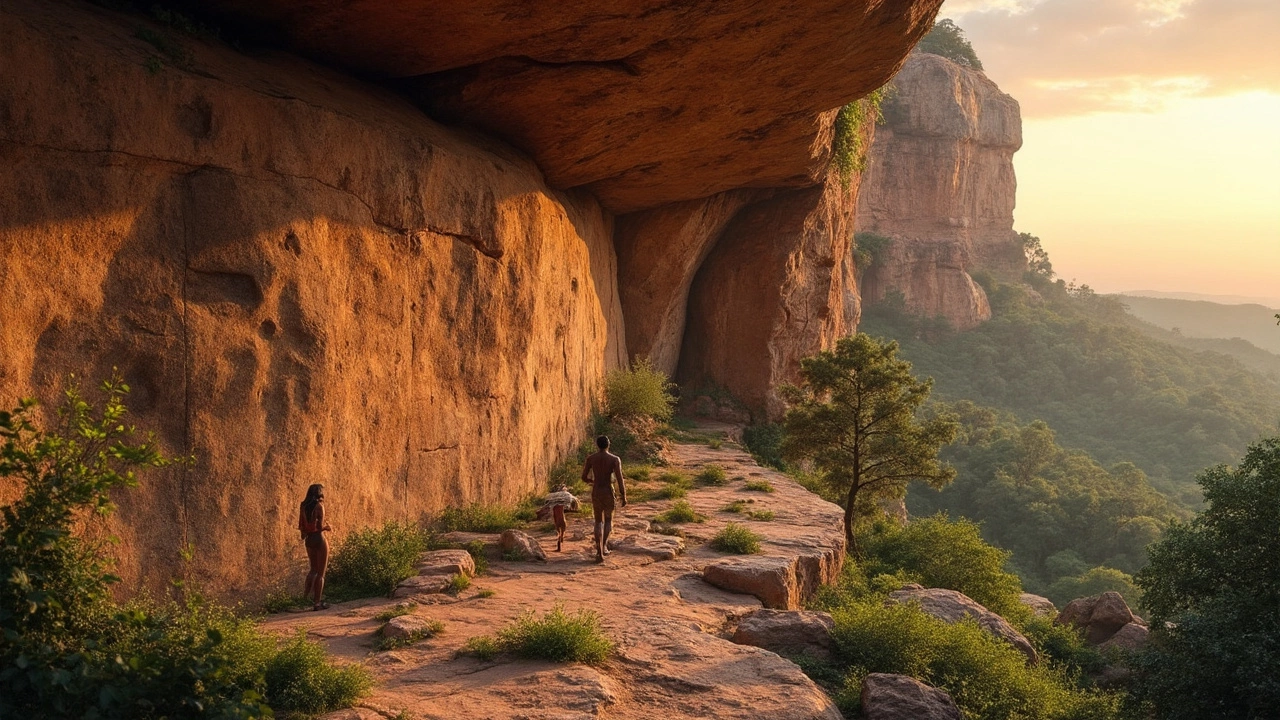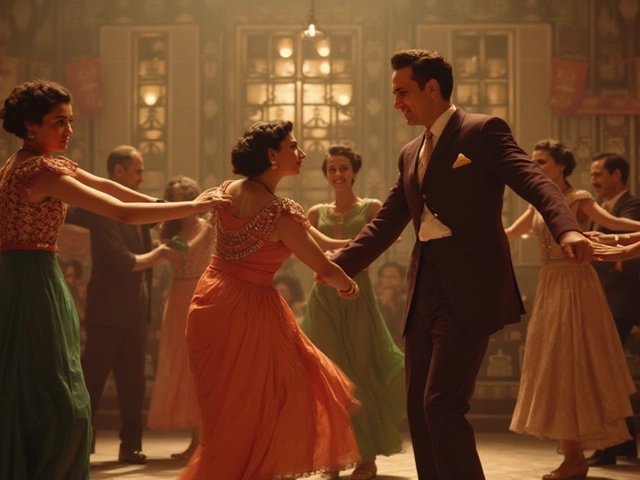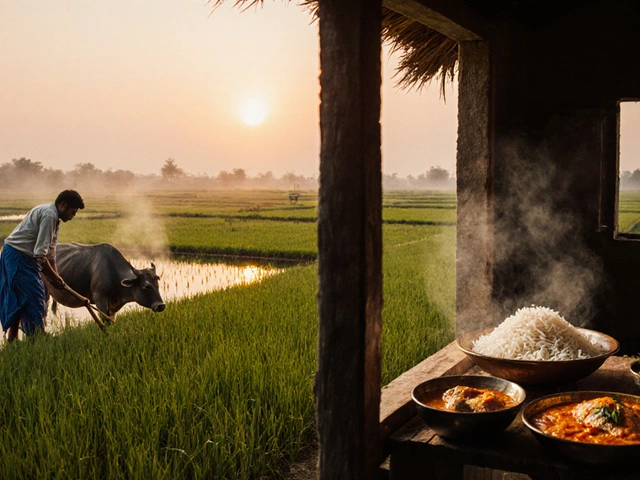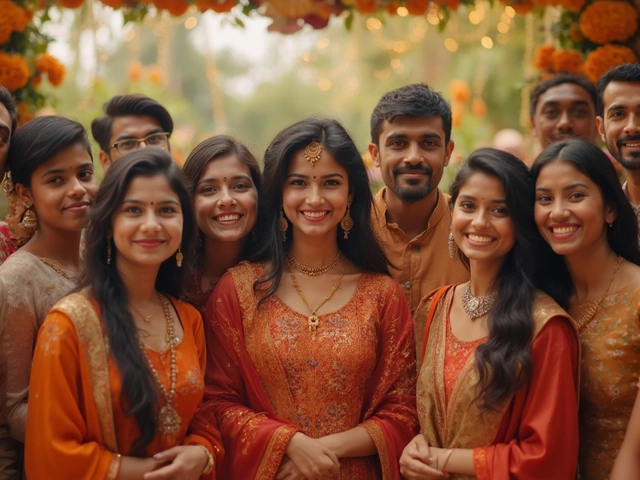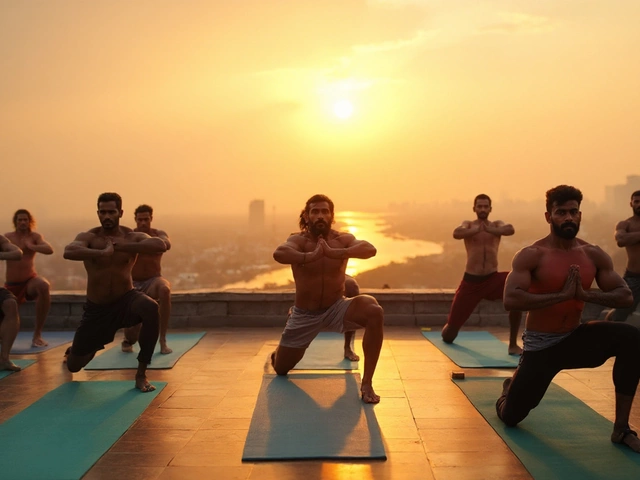Earliest Art in India: Origins, Discoveries, and Living Traditions
When we talk about earliest art, the first human-made visual expressions created in the Indian subcontinent, often dating back tens of thousands of years. Also known as ancient Indian art, it’s not just relics—it’s the foundation of every temple mural, folk painting, and sculpture that came after. The story doesn’t start with kings or temples. It starts in caves.
At Bhimbetka in Madhya Pradesh, you’ll find red ochre handprints and hunting scenes carved into rock over 30,000 years ago. These aren’t decorative. They’re records—of survival, ritual, and community. Around the same time, people in the Indus Valley were stamping seals with animals like the unicorn bull, likely for trade or identity. These aren’t random doodles. They’re symbols with meaning, made by people who understood visual communication. This is where Indus Valley art, a highly developed system of visual symbols used in urban centers like Mohenjo-daro and Harappa during the Bronze Age began shaping how India saw itself. And then there’s the question of who made it. Most early artists stayed nameless. But one name survived: Brihaspati, a painter from the Gupta period, the first Indian artist we know by name. His work didn’t come out of nowhere. It grew from centuries of silent creators who painted on cave walls, carved stone, and molded clay.
What makes these earliest forms so powerful isn’t just their age—it’s how they still echo today. The bold lines of Bhimbetka are alive in Warli paintings. The spiritual symbolism of Indus seals lives on in Hindu iconography. The rhythm of ancient terracotta figures can still be seen in Pithora murals from Gujarat. These aren’t museum pieces. They’re part of a living chain. When you see a tribal artist in Odisha paint a deity on a wall, or a potter in Tamil Nadu shape a figurine using the same hand techniques as 2,000 years ago, you’re watching history breathe.
You’ll find stories here about the first known artists, the tools they used, the materials they mixed from earth and plant, and why their work survived when so much else vanished. You’ll also see how modern scholars are rethinking what counts as "art"—is a ritual wall painting less valid than a palace portrait? The answers aren’t academic. They’re personal. They’re in the way your grandmother draws a rangoli, or how a child in Rajasthan copies a folk pattern from her mother’s sari. The earliest art wasn’t made for galleries. It was made for life. And that’s exactly what you’ll uncover in the posts below.
